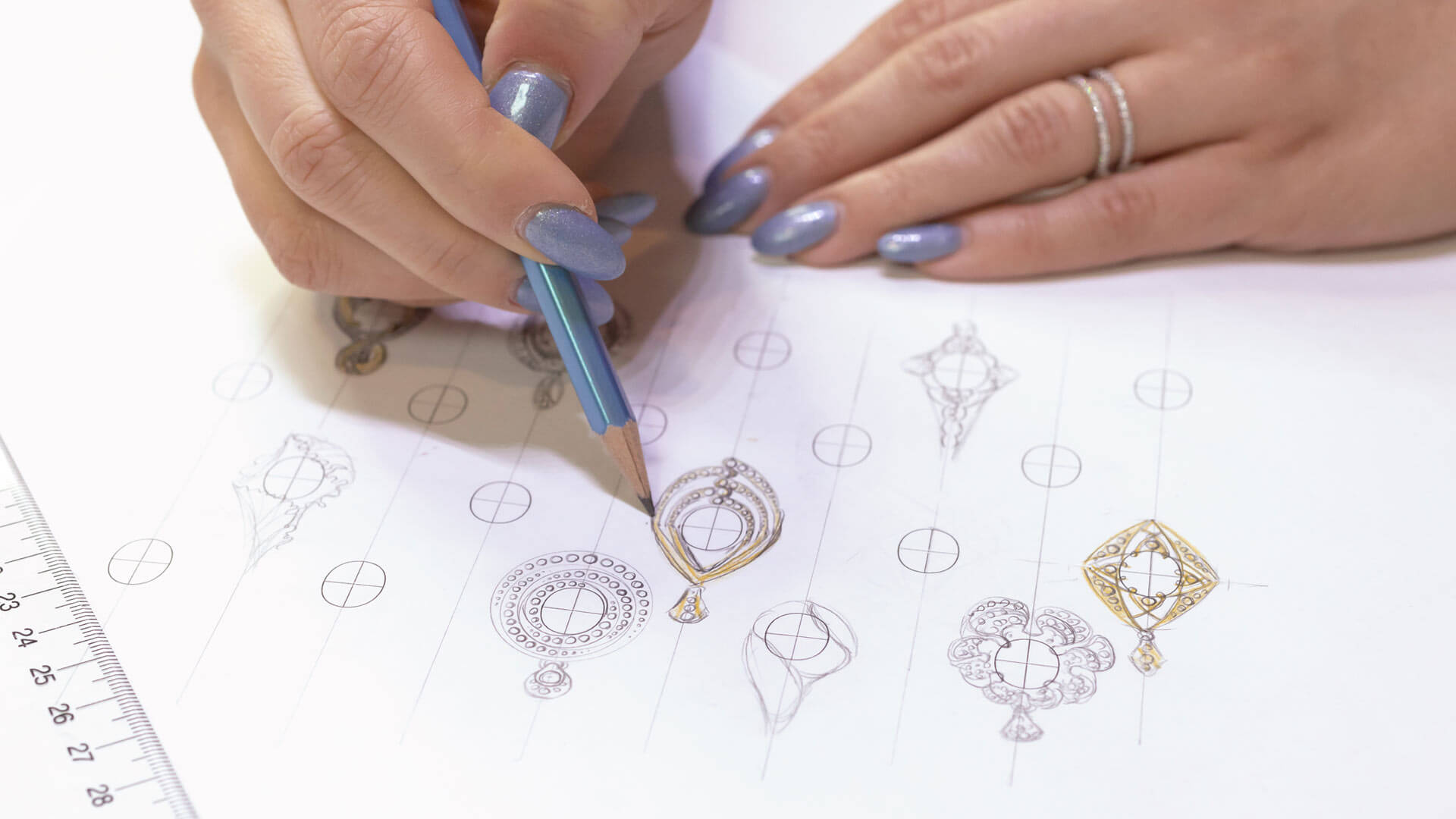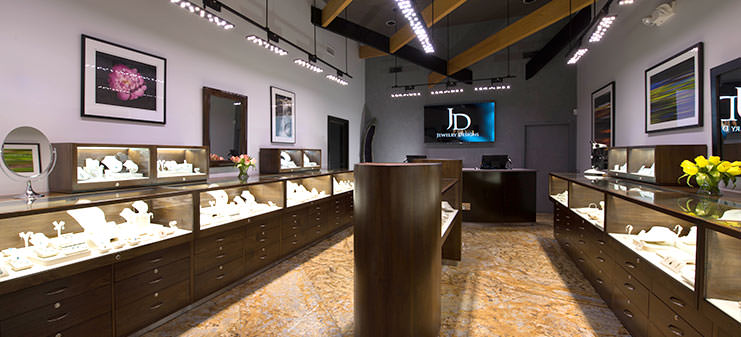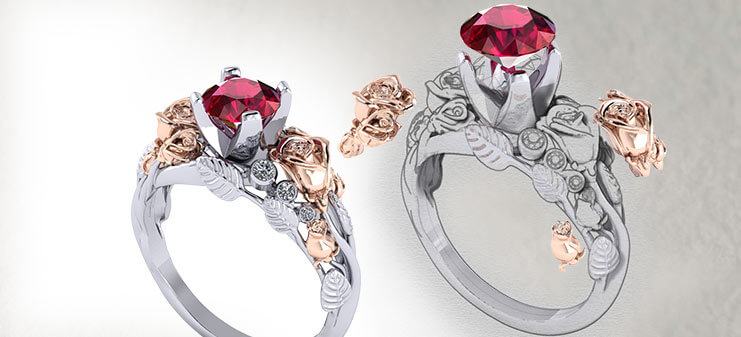Floral Jewelry
Sought after as one of the most enduring motifs, floral jewelry has been a prolific adornment throughout history. It is our intrinsic desire to capture natures’ fleeting beauty in a continuing work of art. With such abundant forms of earthly inspiration available, flower jewelry has no boundaries.
Each flower ornamentation tells a story of the era in which it was created. Early jewelry in Egypt was etched with lotus blossoms and floral gemstone carvings. More patterns were introduced in Georgian times and evolved further still into the Victorian and Art Nouveau Eras. Sweeping whimsical flowers became more popular than ever, each symbolizing a unique meaning, from lily and daisy honoring purity and innocence to red chrysanthemum and forget-me-nots celebrating true love. Victorian societies fixated on this secret language of flowers, discreetly gifting them as messages of affection to admirers, lovers, and suiters. The art deco genre embellished a more geometric and symmetrical look, while the retro era began to incorporate a free-flowing movement. By midcentury, flowers in jewelry evolved to become a more realistic depiction.
From authentic to abstract interpretation, there is no limit to the spectrum of colorful gemstones available to illustrate this. Pedals can be constructed with rainbows of smaller pave-set stones, while others may display larger jewels. Perfect for bridal jewelry, floral rings are inherently romantic for special occasions. From Marie Antoinette’s cascading choker to the acclaimed “Red Scarlet” masterpiece, floral necklaces have incorporated some of the rarest precious gems and fancy colored diamonds in the world.
Reminiscent of love, life, and divine beauty, flower jewelry is a delightful preservation of natures’ splendor. Each century captured the floral spirit differently from the next. It is no wonder that flowers remain the most influential motif throughout history.












